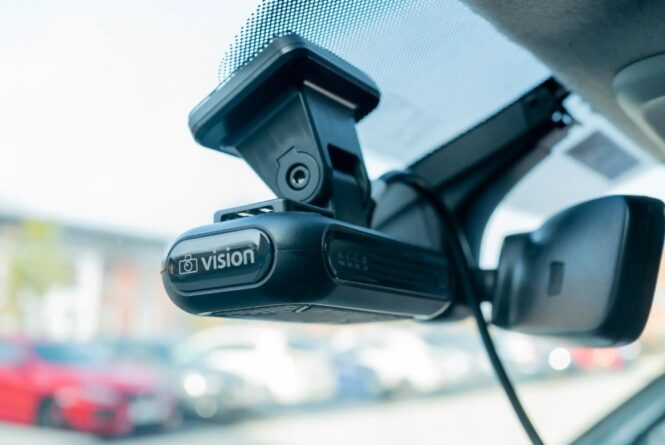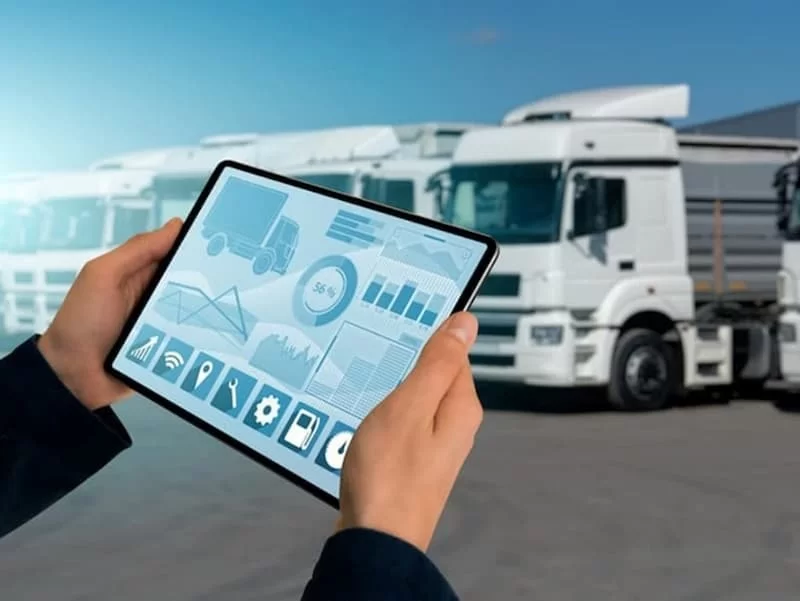Managing a fleet of vehicles presents a unique set of challenges for businesses. From ensuring driver safety to monitoring vehicle usage, every aspect requires careful oversight to keep operations running smoothly and cost-effectively.
One of the most effective solutions available today is integrating fleet tracking and cameras into your operations. This combination of technology not only improves efficiency but also enhances safety, compliance, and customer satisfaction.
The Role of Fleet Tracking in Modern Business
Fleet tracking systems provide real-time visibility into the location, usage, and performance of vehicles. By using GPS technology, managers can monitor routes, stops, and driving behaviours to ensure vehicles are operating as expected.
Real-Time Location Monitoring
Knowing exactly where each vehicle is at any given moment allows for better decision-making and improved scheduling. If a vehicle is delayed, adjustments can be made instantly to minimise disruption and maintain service quality.
Route Optimisation
With detailed tracking data, businesses can analyse and refine routes to reduce fuel consumption, improve delivery times, and increase driver productivity. This level of insight also helps in identifying any unnecessary detours or idle time.
The Advantages of Vehicle Cameras

While fleet tracking provides valuable location and performance data, vehicle cameras add an extra layer of visibility and accountability. These cameras can be installed both inside and outside the vehicle to capture a comprehensive view of activities.
Improving Driver Safety
Dashcams and in-cab cameras can monitor driver behaviour, encouraging safer driving habits and reducing the risk of accidents. Knowing that their actions are recorded often prompts drivers to adhere more closely to company safety policies.
Providing Evidence in Disputes
In the event of an accident or customer complaint, video footage serves as a reliable record of events. This can protect your business from false claims, reduce insurance disputes, and speed up claims processing.
Monitoring Cargo and Assets
External cameras can be positioned to monitor the loading and unloading of goods, ensuring cargo is handled correctly and securely. This is particularly valuable for high-value or sensitive shipments.
Combining Fleet Tracking and Cameras for Maximum Impact
Individually, fleet tracking and cameras provide valuable advantages, but together they create a far more powerful and integrated fleet management solution. The tracking system delivers precise data, while the cameras add crucial context, making it easier to interpret events and respond effectively.
- When GPS data and video evidence are connected, managers get a complete view of driver performance and vehicle usage. This insight makes it easier to spot training needs, recognise safe driving, and address issues quickly.
- In the event of a breakdown or accident, live tracking paired with video enables managers to assess the situation instantly and organise the right response. This reduces downtime and improves safety outcomes.
- For industries with strict safety and operational rules, the combined system ensures accurate records of vehicle usage, driver hours, and compliance with protocols — keeping the fleet aligned with regulatory requirements.
Maximising Daily Operations Through Integrated Systems

When fleet tracking and cameras work together, they give managers a live, actionable picture of what is happening on the road and at delivery points. Instead of relying solely on driver reports or delayed data uploads, decision-makers can see events as they unfold, making it easier to address problems before they escalate.
For example, if traffic congestion threatens to delay a delivery, the GPS system can suggest an alternate route while the camera footage confirms road conditions. This constant flow of accurate information improves scheduling, helps maintain delivery commitments, and reduces the stress on drivers who might otherwise have to manage these challenges alone.
Cost Savings Through Technology
While implementing fleet tracking and cameras requires an initial investment, the potential cost savings can be substantial. Reduced fuel usage, lower insurance premiums, and fewer accidents all contribute to a healthier bottom line.
Supporting Predictive Maintenance and Operational Planning
Beyond the immediate cost savings, fleet tracking and camera data can be used to plan maintenance schedules more intelligently. Analysing long-term trends in driving behaviour, mileage, and vehicle performance allows managers to identify potential issues before they result in breakdowns.
For example, consistent footage of rough terrain driving can prompt earlier suspension checks, while tracking data might reveal patterns of high engine strain. By addressing these concerns proactively, businesses can avoid unplanned downtime, extend the lifespan of their vehicles, and keep their operations running without costly interruptions.
Reducing Fuel Costs
Tracking data allows businesses to identify inefficient driving practices such as speeding, harsh braking, and excessive idling. Addressing these behaviours can significantly cut fuel expenses.
Minimising Maintenance Expenses
By monitoring vehicle usage and performance, managers can schedule timely maintenance and repairs, preventing costly breakdowns and extending vehicle lifespan.
Lowering Insurance Premiums
Many insurance providers offer reduced premiums for fleets equipped with tracking systems and cameras, recognising that these tools lower risk and improve claims handling.
Building Trust with Customers
A well-managed fleet reflects positively on your business. Customers appreciate timely deliveries, professional drivers, and the assurance that goods are handled responsibly. By using fleet tracking and cameras, businesses can provide accurate updates, resolve issues quickly, and demonstrate their commitment to quality service.
If delays occur, real-time tracking allows you to keep customers informed, manage expectations, and reduce frustration. This proactive communication helps maintain customer trust and satisfaction.
Video evidence can be used to resolve disputes quickly, protecting your business from reputational damage caused by misunderstandings or unfounded complaints.
Choosing the Right Fleet Tracking and Camera Solution

Not all systems are created equal. When selecting a provider, consider factors such as ease of integration, data accessibility, video quality, and customer support. Look for solutions that offer both robust tracking features and high-quality camera systems to maximise the return on your investment.
- Scalability and flexibility ─ Choose a system that can grow with your business. Whether you operate a small fleet or a large, multi-location operation, your solution should be adaptable to your evolving needs.
- Data security ─ With sensitive tracking and video data being collected, it is crucial to choose a provider that prioritises data protection and complies with relevant regulations.
Conclusion
Integrating fleet tracking and cameras into your operations can transform the way you manage your vehicles. By combining real-time location monitoring with visual evidence, businesses can enhance safety, efficiency, and customer satisfaction while reducing operational costs. This technology not only protects your assets but also strengthens your competitive edge in today’s demanding marketplace.
 Imagup General Magazine 2025
Imagup General Magazine 2025


